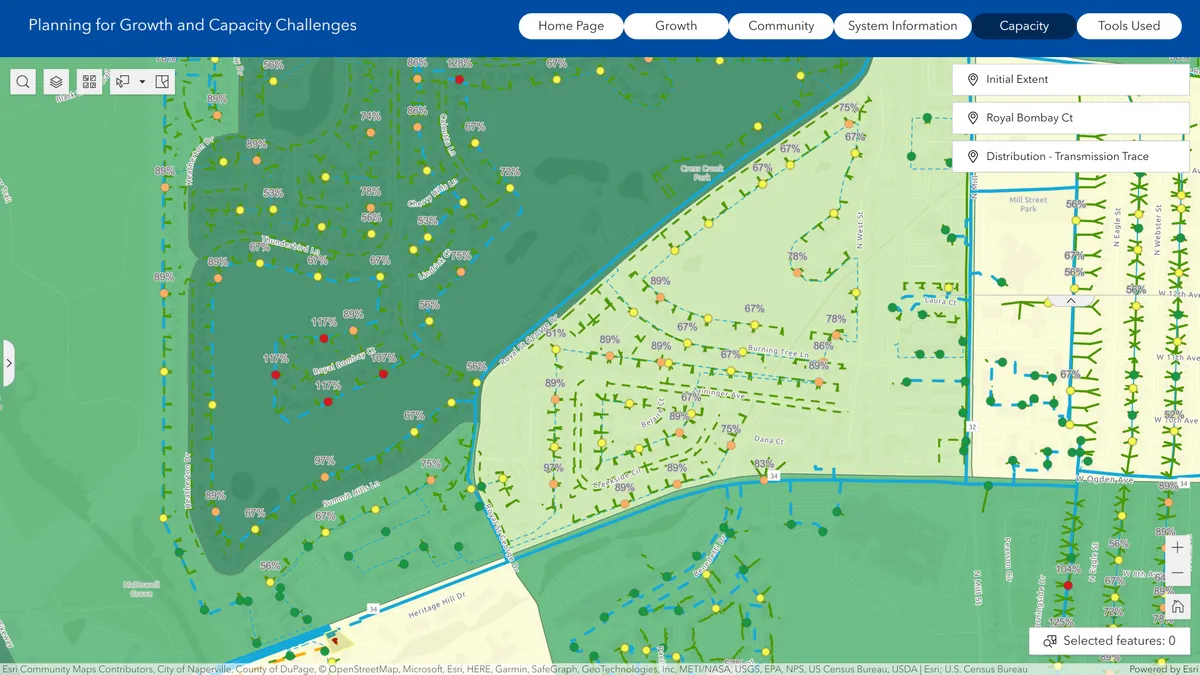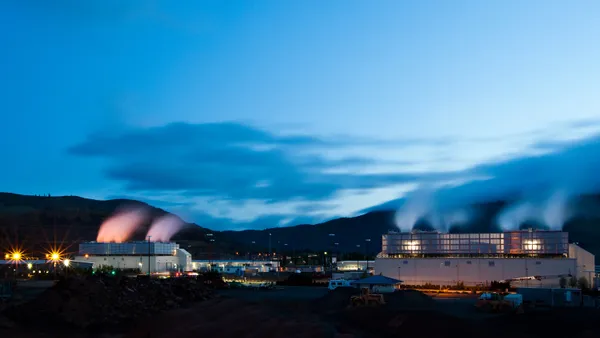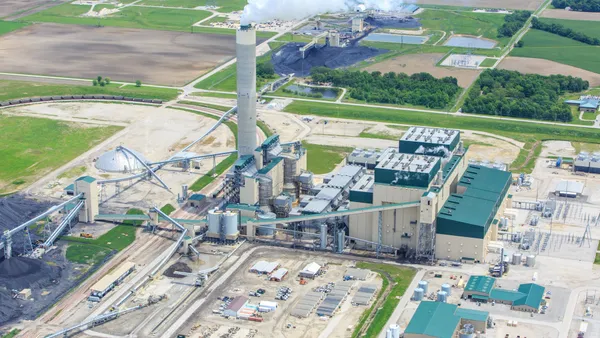The ICE age is finally ending. Wait what? No, not that Ice Age. I’m referring to the internal combustion engine (ICE) age. As we did back in the turn of the last century, when we transitioned from the horse and buggy to the gasoline power horseless carriages, we are transitioning from the ICE vehicles to the ICEless EVs of today.
ICE cars came to the market as early as 1893. Back in those old days, the transition was not immediate. As late as 1908, when Ford introduced the Model T, there were still no gas stations. Users had to buy gas at hardware stores. ICE cars were pricey. Fueling the cars was particularly inconvenient. Range anxiety was high.
Gas stations were plentiful by 1928 when the last Model T rolled off the assembly line. ICE cars were affordable to nearly everyone. The roads and highways were significantly improved. Looking at today’s transition, EVs are pricy, the charging infrastructure is still spotty and range anxiety is an issue. History repeats itself.
Utilities must adapt
According to the US Energy Information Administration, the US consumed about 135 billion gallons of gasoline in 2022. When the transition is complete, all that energy will migrate to electricity. Using EPA’s metric that 1 gallon of gas equals 33.7 kWhs, the additional electricity would total nearly 5 trillion kWhs. According to the EPA, EVs convert over 77% of the grid power compared to ICE cars, which convert between 12 and 30%. So, let’s be conservative and assume that EVs are twice as efficient. Then, the production drops the increase in electricity in half to 2.4 trillion kWhs.
That’s still a lot of electricity.
Here is the good news and bad news.
The good news
Utility revenues, which have been largely stagnant or even shrinking due to customers switching to rooftop solar and advances in energy efficiency, will now grow. The US utility industry sold 4 trillion kWhs of electricity in 2022. Electricity from EVs will add another 2.4 trillion kWh. Adding new heat pumps, water heating and cooking load could double that number. Revenues will grow substantially—more good news. There are plenty of raw renewable resources available in the US.

Now, the bad news
Despite the increased demand, the utility industry will face stiff competition from the solar industry, which will grab a piece of that revenue. The industry must migrate all the old energy uses from fossil fuels to renewable resources. Plenty of renewable resources exist, but not necessarily in the right places. Delivery was an issue during that move from horse and buggies. The same is true today. Some energy experts believe the nation’s electric transmission grid will need to expand its capacity two or maybe three times to reach decarbonization goals.
Then, there is the issue of the distribution system. Can it handle all this new electricity demand? Let’s look at only one aspect.
The distribution transformer problem
The diagram below illustrates this. At issue is the 37.5 kVA transformer noted (rounded off to 38kVA on the map). Six customers are fed from the transformer. The transformer is already loaded to 89% of its capacity at 33.33 kWs with no chargers. Most EVs sold in the US come equipped with a device that converts the household electricity to direct current to charge the battery. These are called on-board chargers or OBCs. Ratings vary, but most are about 10kW. So, if one of the six customers added a new EV, the demand for the transformer would immediately jump to 43.33 every time the owner charges the vehicle. If all six customers were to add EVs, that energy demand would jump to nearly 100kW, severely overloading the transformer, assuming all six EVs were charging simultaneously.

Utilities will have to upgrade lots of transformers as the transition happens. Utilities must look at the accumulated demand from all the transformers and address new circuits and upgrades to their substations.
The not so bad news
Given that the transition to EVs and the migration to all electric appliances will not happen overnight, utilities must answer these two questions. Where will the transition happen and when? Back in the old days, the builders of gas stations and roads had to answer these same questions. Fortunately, today, there are tools in place to help. Here, GIS analytics are critical. The image below illustrates how spatial analysis helps.

GIS provides detailed information about people and businesses. It can determine who will buy an EV based on out-of-the-box data from products such as Esri Tapestry Segmentation and ArcGIS Business Analyst. The factors include income, demographics, historic buying habits, etc. The dark green shows where EVs are most likely to be purchased sooner rather than later. That insight, combined with the modeling of the electric network as well as adding real-time consumption (also a GIS capability), leads utilities to where to invest in new infrastructure and when. This analysis can help utilities time the upgrades in a science-based approach.
History repeats itself
The end of the ICE age is approaching. It will not happen overnight, but it will happen perhaps faster than many people think. In the old horse and buggy days, there were many nay-sayers about those awful-smelling, smoky, noisy horseless carriages. Today, also, there are plenty of EV nay-sayers. History repeats itself.
GIS models networks, sites and the best location to build solar and wind farms. It will help utilities find the best location for transmission lines. It can help locate the optimal places to build the new-age replacements for gas stations with their high-tech fast chargers. As noted above, it will help distribution utilities figure out where to address the issue of undersized distribution transformers and circuits.
Nearly every utility has converted its electrical network to a GIS. Now, they can take advantage of the GIS capabilities they might not have considered. GIS is broad in capabilities. It captures the data about a utility’s assets. GIS is an outstanding tool for collaboration and sharing. Finally, it provides insight into relationships and patterns and can answer the burning question of where the transition will happen and when. For more information about the capabilities of GIS, download the free ebook.
To learn more about how GIS can help utilities with the EV transition, view the EV dialogue Stream.










